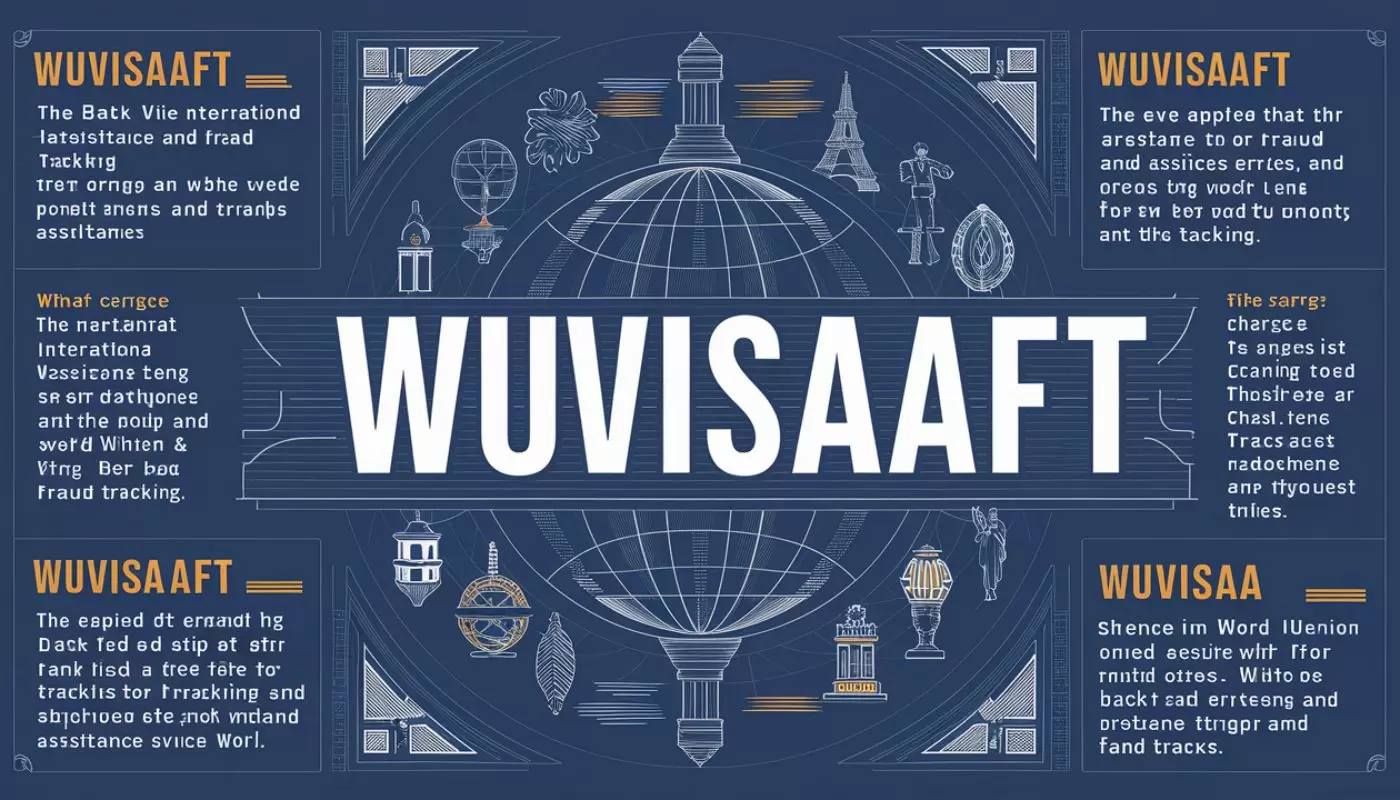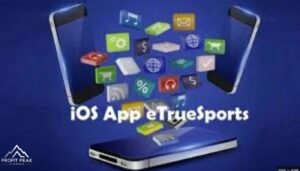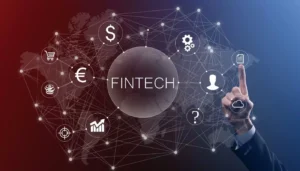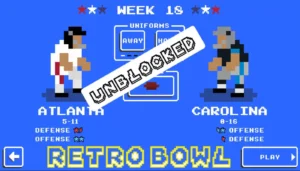Ever glanced at your bank statement and felt a jolt of confusion upon spotting a mysterious “WUVISAAFT” charge? You’re not alone.
This peculiar entry has left many scratching their heads, wondering if they’ve fallen victim to some sneaky scam. But fear not! We’re about to dive deep into the world of WUVISAAFT charges, demystifying this cryptic code and arming you with the knowledge to navigate your financial statements like a pro.
Deciphering WUVISAAFT: What Does It Stand For?
Let’s crack the code, shall we? WUVISAAFT isn’t some alien language or a typo. It’s an acronym that stands for Western Union Visa International Service Assessment Acquirer Funding Transaction. Quite a mouthful, right? But don’t let that intimidate you. This charge code is actually a window into the complex world of international money transfers and financial transactions.
The Role of Western Union in WUVISAAFT Charges
Western Union, a titan in the world of global money movement, plays a crucial role in these charges. When you see WUVISAAFT on your bank statement, it often indicates that you’ve used Western Union’s services, likely in conjunction with your Visa card, for an international transaction.
Fun Fact: Western Union has been moving money across borders since 1871. Talk about staying power in the financial sector!
Common Scenarios for WUVISAAFT Charges
Now that we’ve cracked the code, let’s explore when you might encounter this elusive charge:
- International money transfers: Sending cash to your cousin in Cancun? That could trigger a WUVISAAFT charge.
- Online purchases from foreign merchants: Snagged a deal from an overseas retailer? WUVISAAFT might make an appearance.
- Currency exchange transactions: Swapping dollars for euros? You guessed it – WUVISAAFT could show up.
Why WUVISAAFT Appears Instead of Familiar Names
You might wonder, “Why don’t I see ‘Western Union’ or the name of the store I bought from?” Well, the financial world loves its acronyms and codes. WUVISAAFT is a standardized way for banks to process and record these specific types of international transactions. It’s like a secret handshake in the banking world, ensuring everyone’s on the same page about what the charge represents.
Is a WUVISAAFT Charge Legitimate or Fraudulent?
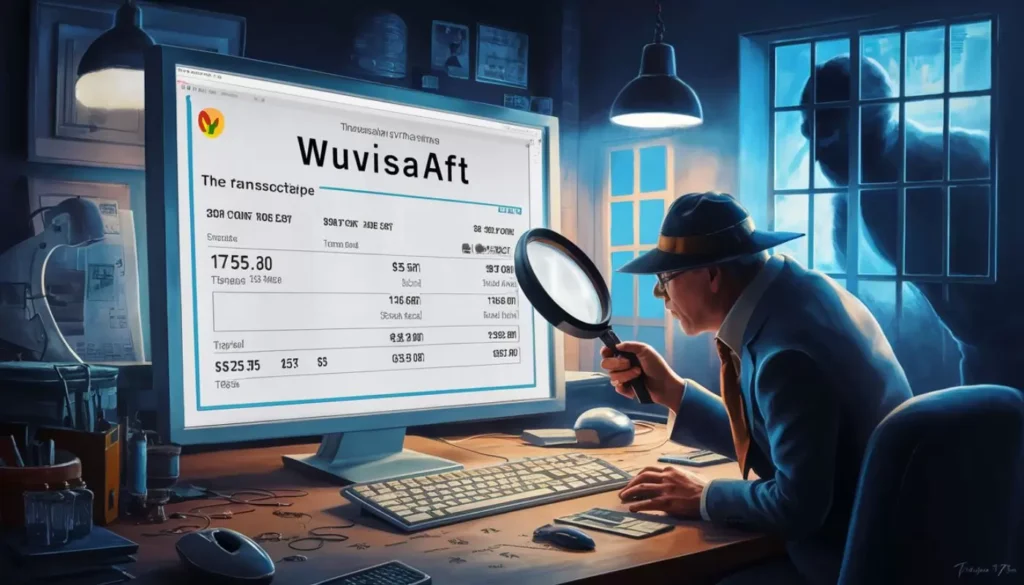
Seeing an unfamiliar charge can set off alarm bells. But before you panic, let’s look at how to determine if a WUVISAAFT charge is legit:
Signs of a legitimate WUVISAAFT charge:
- It corresponds to a recent international transaction you made
- The amount matches what you expected to pay (plus any fees)
- It appears alongside other recognizable transactions
Red flags for potential fraud:
- You don’t recall making any international transactions
- The amount seems off or unusually large
- Multiple WUVISAAFT charges appear in quick succession
Steps to Take If You Don’t Recognize a WUVISAAFT Charge
- Don’t panic: Take a deep breath. Not all unfamiliar charges are fraudulent.
- Review recent transactions: Rack your brain. Did you make any international purchases or money transfers?
- Contact your bank: They can provide more details about the charge.
- Reach out to Western Union: If you’ve used their services recently, they may have insights.
- Monitor your account: Keep an eye out for any other suspicious activity.
Knowledge is power. Don’t hesitate to ask questions about charges on your account. It’s your money, after all. – Financial expert Jane Doe
Recommended this: How Much Is a Shilling Worth Today? Exploring the Value of Britain’s Old Currency
Understanding Fees Associated with WUVISAAFT Charges
Let’s talk money – specifically, the fees that might tag along with WUVISAAFT charges. These can include:
- Transaction fees
- Currency conversion rates
- Service charges
Here’s a breakdown of typical fees you might encounter:
| Fee Type | Typical Range | Notes |
| Transaction Fee | $2 – $20 | Varies by bank and transaction amount |
| Currency Conversion | 1% – 3% | Added to the exchange rate |
| Service Charge | $0 – $5 | Some banks waive this for certain accounts |
How to Minimize Fees on International Transactions
- Use fee-free cards: Some credit cards offer no foreign transaction fees.
- Plan ahead: Larger, less frequent transactions often incur lower overall fees.
- Compare services: Shop around for the best rates and lowest fees.
- Consider local options: Sometimes, using local ATMs or banks at your destination can be cheaper.
WUVISAAFT vs. Other International Transaction Codes
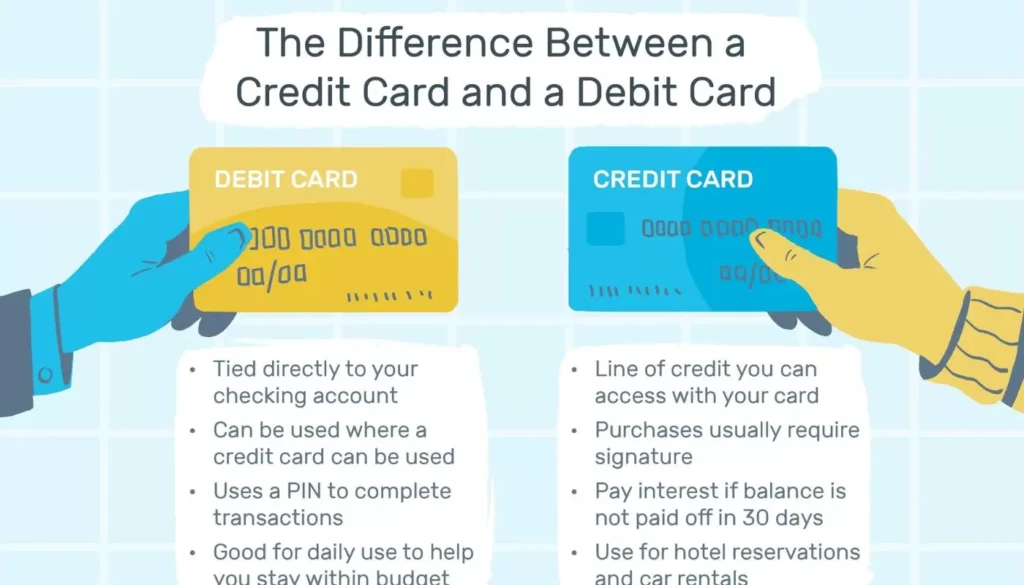
WUVISAAFT isn’t the only code you might see for international transactions. Let’s compare it with some other common entries:
- INTRNTL: Often used for general international transactions
- FOREX: Typically indicates foreign exchange transactions
- SWIFT: Relates to international wire transfers
Decoding Other Mysterious Bank Statement Acronyms
| Acronym | Meaning | Typical Use |
| ACH | Automated Clearing House | Electronic fund transfers |
| ATM | Automated Teller Machine | Cash withdrawals |
| POS | Point of Sale | In-store purchases |
| EFTPOS | Electronic Funds Transfer at Point of Sale | Debit card transactions |
Tips for Managing International Transactions and Avoiding Surprises
Nobody likes financial surprises (unless they involve winning the lottery). Here are some tips to keep your international transactions smooth and surprise-free:
- Set up transaction alerts: Get notified the moment a transaction occurs.
- Keep a travel log: Jot down your purchases while abroad.
- Use a dedicated travel card: Easier to track expenses and often with better rates.
- Check your statements regularly: Don’t wait for your monthly statement to review charges.
- Inform your bank of travel plans: Avoid having your card frozen for suspicious activity.
Best Practices for International Money Management
- Research exchange rates: Know what to expect before you travel or make international purchases.
- Consider multi-currency accounts: Great for frequent travelers or international shoppers.
- Use reputable services: Stick to well-known brands for money transfers and exchanges.
- Keep documentation: Save receipts and confirmation emails for all international transactions.
Related This: What is MMBILL.com Charge on Your Bank Statement?
What to Do If You Have Questions About a WUVISAAFT Charge

Still scratching your head over a WUVISAAFT charge? Here’s your action plan:
- Contact your bank: They’re your first line of defense and information.
- Reach out to Western Union: If the charge is related to their services, they can provide details.
- Check your Visa statement: Sometimes, additional information is available there.
- Review recent emails: Look for transaction confirmations you might have missed.
Your Rights as a Consumer Regarding Mysterious Charges
Remember, you have rights when it comes to charges on your account:
- Right to information: Banks must provide clear information about charges.
- Right to dispute: You can contest charges you believe are erroneous.
- Right to protection: Laws like the Fair Credit Billing Act protect consumers from unfair billing practices.
Understanding your financial rights is as important as understanding your finances. – Consumer advocate John Smith
Conclusion
Congratulations! You’re now a WUVISAAFT expert. From decoding the acronym to understanding when and why these charges appear, you’re armed with the knowledge to navigate your bank statements with confidence. Remember, staying vigilant with your financial transactions is key to maintaining a healthy bank balance and peace of mind.
Don’t let mysterious charges intimidate you. With the right knowledge and a proactive approach, you can take control of your international transactions and keep your financial ship sailing smoothly.
FAQs
Can I dispute a WUVISAAFT charge?
Absolutely! If you don’t recognize the charge or believe it’s an error, contact your bank to initiate a dispute.
How long does a WUVISAAFT charge typically take to process?
Processing times can vary, but most WUVISAAFT charges appear on your statement within 1-3 business days of the transaction.
Are there alternatives to using services that result in WUVISAAFT charges?
Yes! Consider using international bank transfers, PayPal, or specialized forex services for potentially lower fees.
Do all banks use the WUVISAAFT code for international transactions?
While WUVISAAFT is common, not all banks use this specific code. Some may use variations or different acronyms altogether.
How can I tell if a WUVISAAFT charge is in USD or another currency?
Your bank statement should indicate the currency. If it’s unclear, contact your bank for clarification on the specific charge.
By understanding WUVISAAFT charges and implementing smart international transaction strategies, you can navigate the global financial waters with confidence. Keep this guide handy, and you’ll never be caught off guard by a mysterious bank statement entry again.

